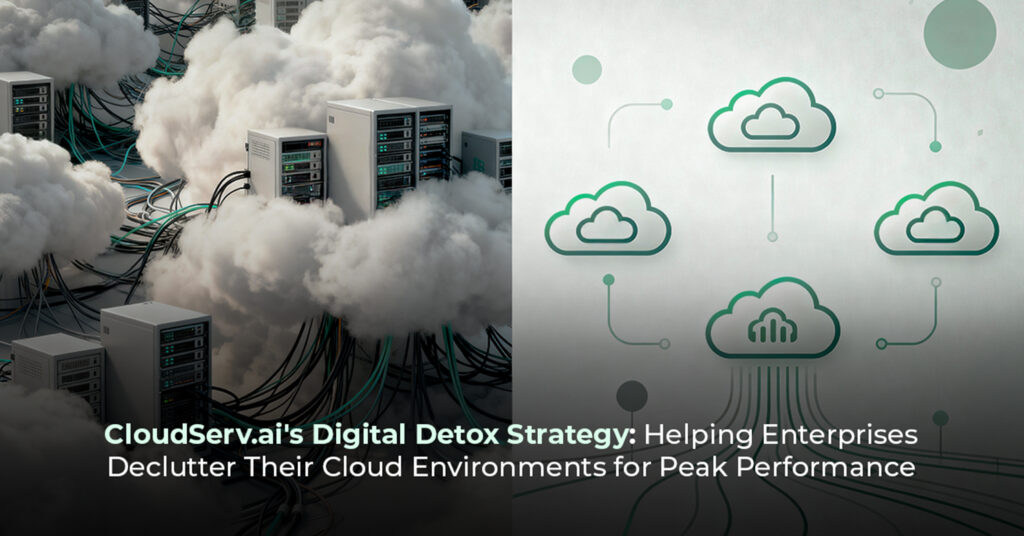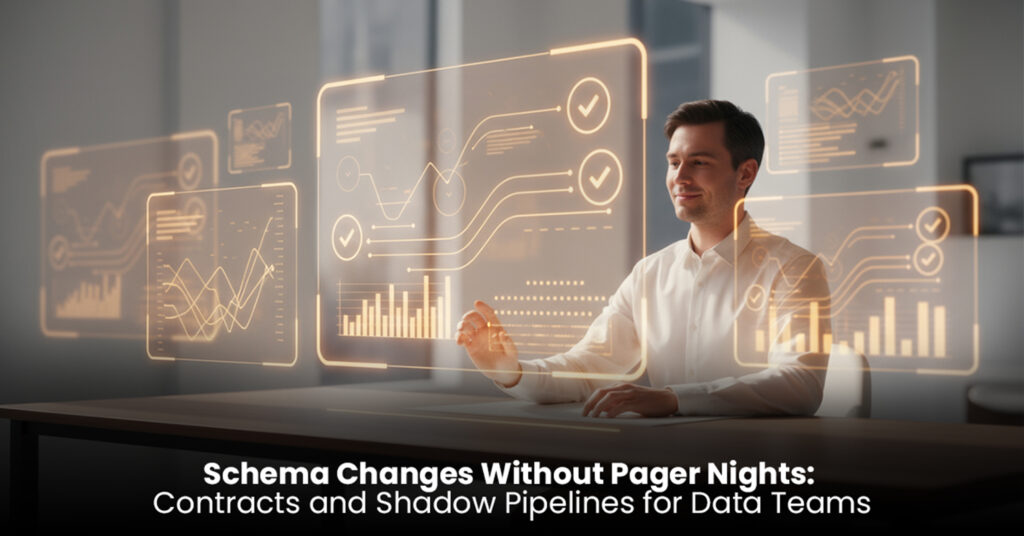The Problem: Too Much Visibility, Too Little Value
Somewhere along the way, observability became a competition.
Teams raced to collect more metrics, more logs, more traces convinced that the path to understanding their systems lay in infinite data.
But if you’ve ever stared at a six-figure observability bill and still couldn’t find the root cause of an outage, you already know the truth:
Visibility doesn’t scale linearly with value.
Modern observability stacks are drowning in data they don’t need redundant logs, noisy metrics, and low-signal traces that clutter dashboards and slow incident response.
And the irony? You’re paying extra to make debugging harder.
It’s time to talk about observability efficiency getting the same (or better) insight without burning through your cloud budget.
Observability’s Hidden Cost Problem
Cloud-native systems have become fast, fragmented, and distributed.
Microservices talk to one another thousands of times per second.
Each of those calls emits logs, traces, metrics a flood of telemetry flowing into your monitoring platform.
Here’s the problem:
- 80% of that data is never queried again.
- High-cardinality metrics (think unique user IDs or session labels) explode storage needs.
- Long retention windows make your costs grow silently every month.
Your observability stack was meant to help you detect issues faster but often it just helps your storage provider grow faster.
The goal isn’t to see everything.
It’s to see the right things when they actually matter.
That’s where three key techniques come in: tail-sampling, cardinality control, and smarter MTTR (Mean Time To Recovery).
Tail-Sampling: Less Noise, More Signal
Traditional tracing systems collect every request from every service.
It’s a noble goal until your cloud bill arrives.
Most of those traces represent perfectly healthy transactions. They tell you nothing new.
So why store them?
Tail-sampling flips the equation.
Instead of deciding what to keep before you see the trace (head-based sampling), you analyze it after completion keeping only what’s interesting.
For example:
- Keep 100% of failed transactions (5xx errors).
- Keep 10% of slow ones (above latency threshold).
- Drop the rest.
That means your engineers get a high-signal dataset the critical 5% that actually needs attention while your infrastructure drops 90% of the noise.
Platforms like OpenTelemetry Collector, Tempo, and Honeycomb Refinery make this easy to implement.
Result:
- 90% reduction in trace storage.
- Faster queries.
- Sharper focus.
Tail-sampling doesn’t make you see less it makes you see clearly.
Cardinality Control: The Silent Killer of Budgets
Let’s talk about the sneaky villain of observability: cardinality.
Cardinality refers to how many unique combinations of labels or tags your metrics contain.
Example:
request_count{region=”us-east-1″, user_id=”12345″, device=”ios”}
Now imagine you have 10 regions × 1M user IDs × 5 devices.
Congratulations you’ve just created 50 million unique metric series.
Each one is stored, indexed, and queried. And each one costs you money.
The solution isn’t to collect less data it’s to collect it more intelligently:
- Use cardinality budgets: Limit label combinations per service.
- Replace unique IDs with aggregated buckets (e.g., “VIP users” instead of individual user IDs).
- Visualize high-cardinality offenders using tools like Datadog’s “Top 100 tags” or Grafana’s Mimir cardinality dashboard.
Remember: the goal is to observe systems, not track every individual atom.
Control your tags before they control your bill.
MTTR, MTTD, and the Real Goal: Recovery That Scales
Observability isn’t just about collecting data. It’s about shortening the time between problem → detection → recovery.
That’s where MTTR (Mean Time To Recovery) comes in but it’s evolving.
In modern distributed systems, it’s better to think of a 3-stage loop:
- MTTD – Mean Time To Detect:
Can you notice anomalies faster with fewer, smarter signals?
(Tail-sampling helps here.) - MTTR – Mean Time To Recover:
Can your team isolate and fix the issue quickly without drowning in irrelevant logs?
(Cardinality control reduces analysis noise.) - MTTV – Mean Time To Validate:
Once you fix it, can you confirm the issue is really gone?
(Targeted metrics and traces make validation effortless.)
Efficiency in observability isn’t about cutting tools it’s about cutting delay.
The less you waste on irrelevant data, the faster you ship stability.
Building a Cost-Efficient Observability Stack
You don’t need a new vendor. You need a new design mindset.
Here’s a step-by-step blueprint:
- Audit What You Collect:
Measure data volume and cost by telemetry type (logs, metrics, traces). - Define Sampling Rules:
Start with 100% collection, observe patterns, then drop noise via tail-sampling. - Control Retention:
Keep detailed data for 7 days, summaries for 30. - Track Egress and Ingestion Separately:
Egress from agents to cloud APMs is often the stealthy budget killer. - Monitor Your Observability Spend:
Integrate cost metrics into Grafana, Datadog, or CloudZero dashboards.
Observability is now a FinOps discipline treat it like one.
Real Example: Cutting Cost, Improving Recovery
A mid-size SaaS platform was ingesting 15TB of logs per week.
Their cloud monitoring costs were spiraling, yet incidents still took hours to resolve.
Their solution:
- Added tail-sampling to keep only anomalous traces.
- Enforced cardinality budgets to prevent tag explosion.
- Shifted focus from “collect everything” to “collect what helps MTTR.”
Result:
- 55% cost reduction in observability spend.
- 40% faster detection and recovery time.
- Engineers finally stopped muting alerts.
Observability efficiency didn’t just save money it restored sanity.
Looking Ahead: AI and the Future of Observability Efficiency
The next evolution is already here AI-assisted observability.
Think of AI models that:
- Predict incident root causes based on trace clusters.
- Dynamically adjust sampling rates based on live error signals.
- Auto-archive or summarize logs without losing context.
Soon, “observability optimization” won’t just be human-driven it’ll be continuous, adaptive, and self-correcting.
And just like we moved from “infrastructure as code” to “policy as code,” we’re moving toward “observability as intelligence.”
Final Thought: Clarity Isn’t Expensive Noise Is
Good observability doesn’t require more dashboards or more data.
It requires discipline, design, and data empathy.
Tail-sampling filters the noise.
Cardinality control tames the chaos.
MTTR frameworks align visibility with value.
The real measure of great observability isn’t how much you see it’s how fast you can act.
So, before you add another metric, ask yourself:
“Will this help us fix something faster or just fill another dashboard?”
Because the smartest teams in 2025 won’t be the ones that see everything.
They’ll be the ones that see what matters, when it matters, for less.



